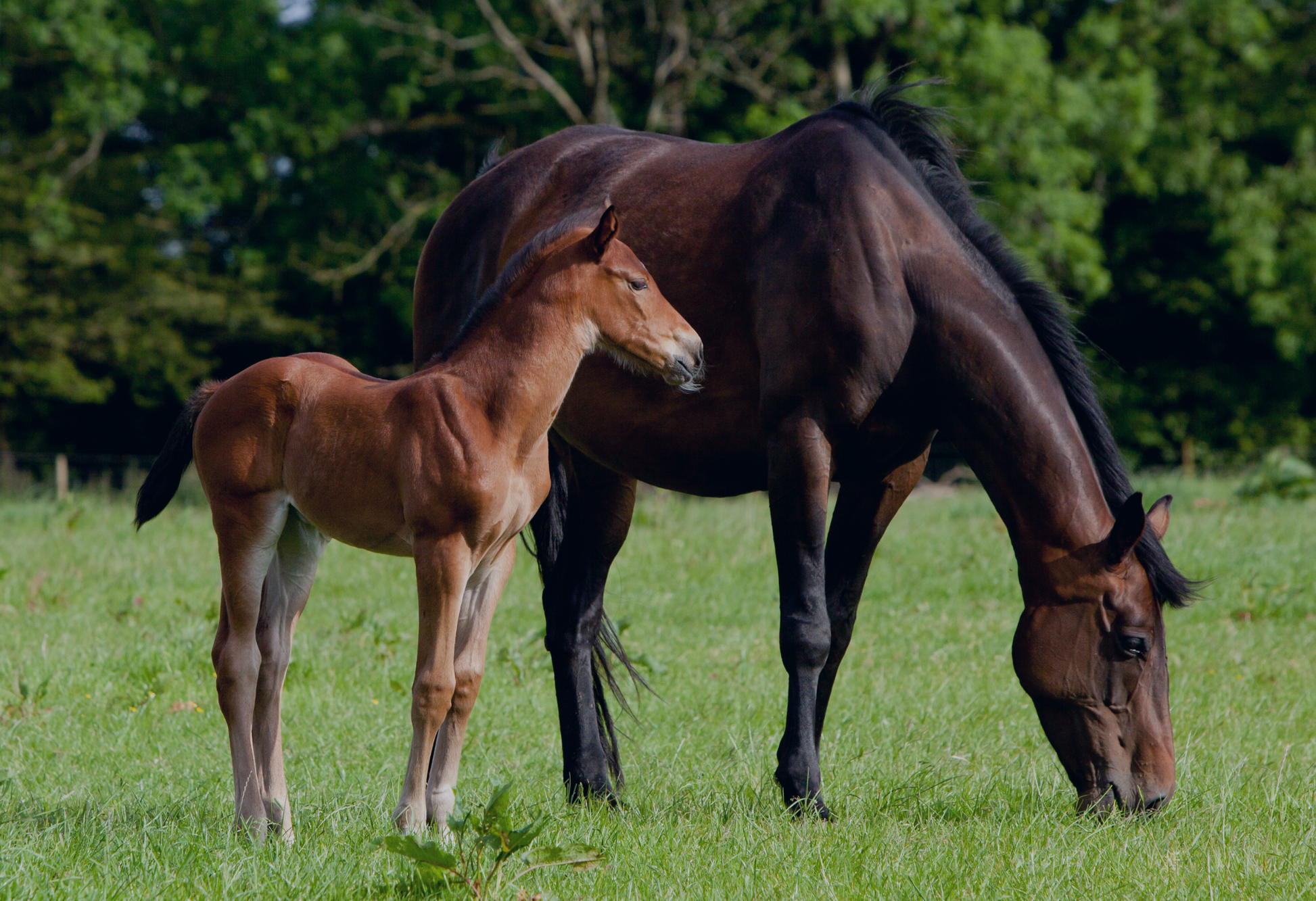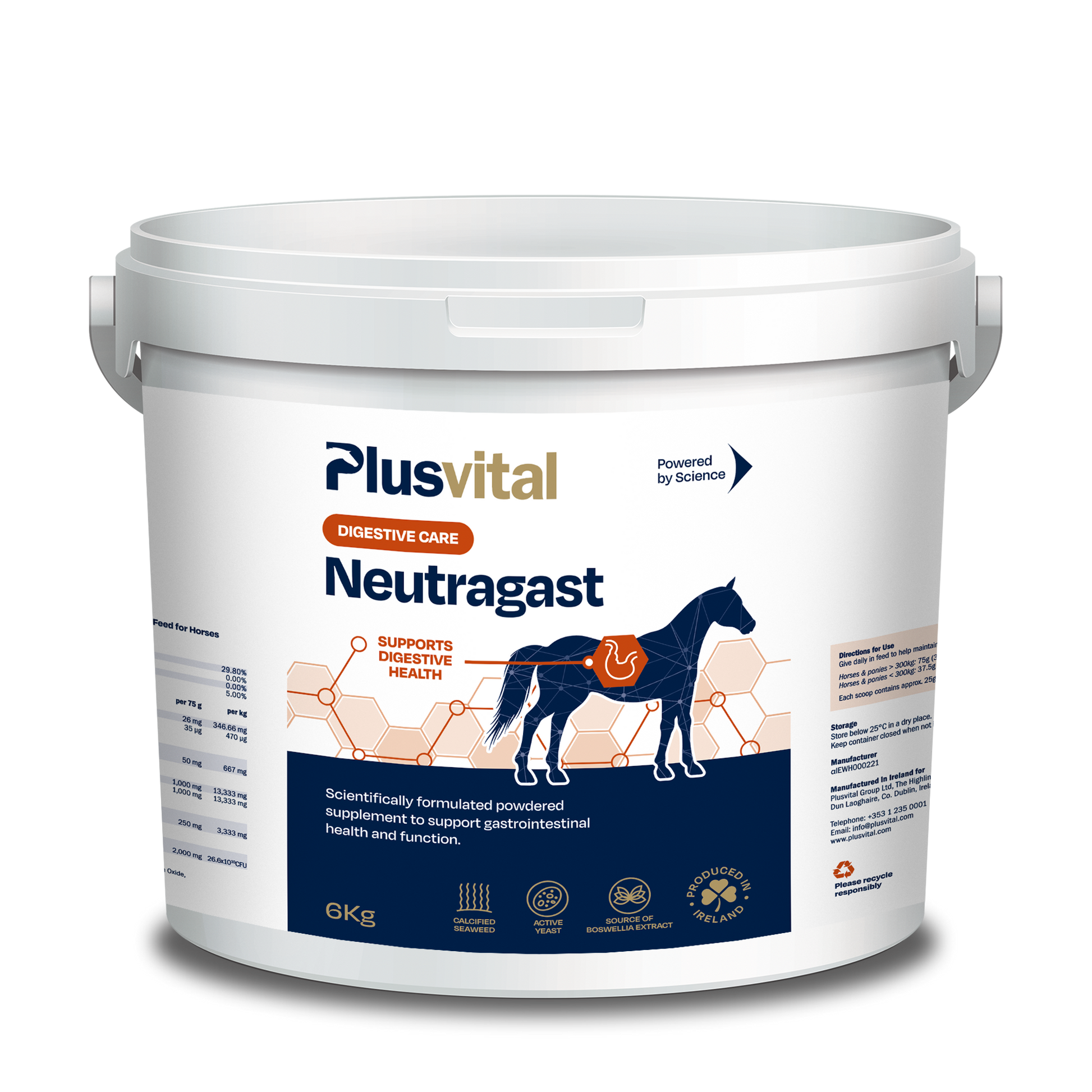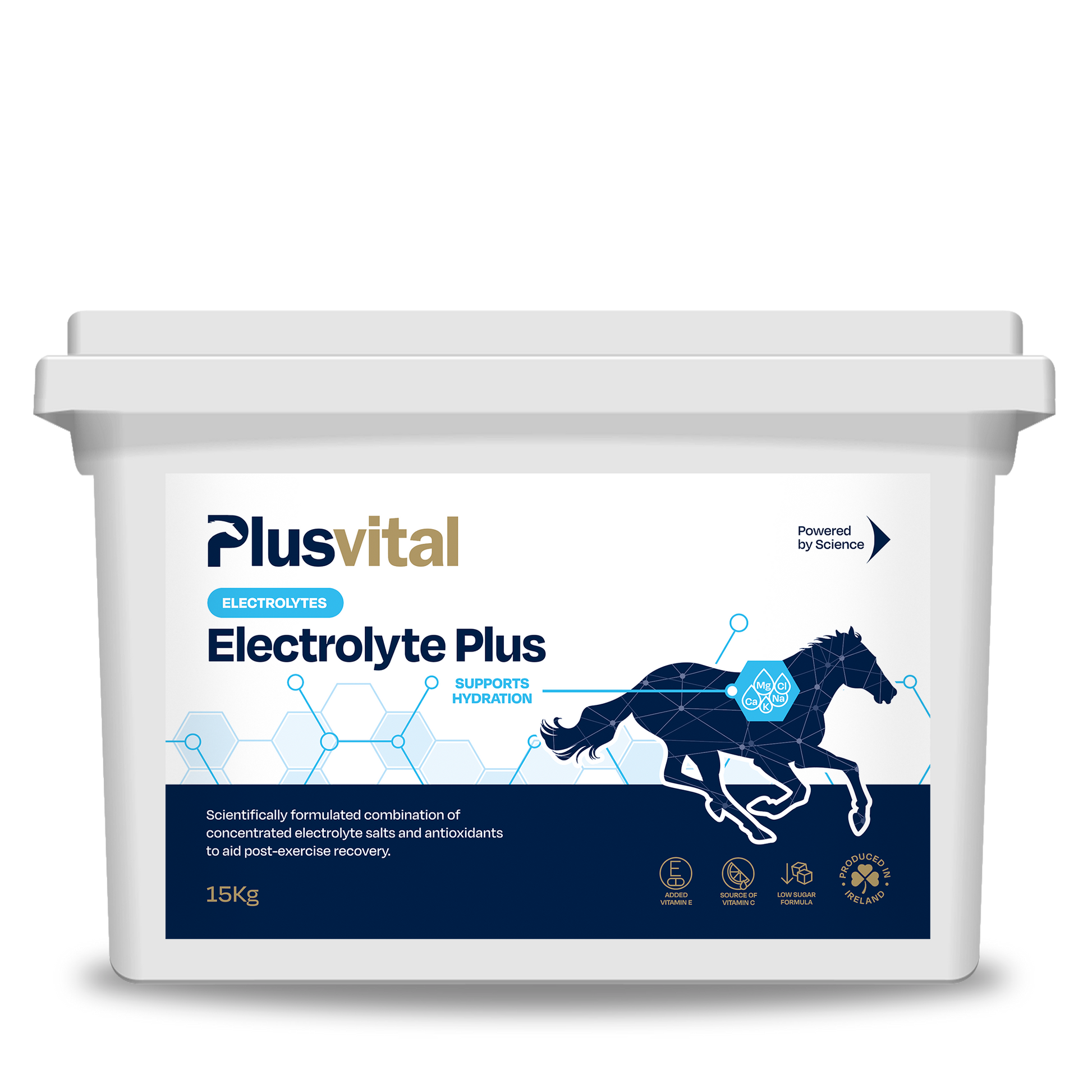From

Managing The Transition To Spring Grass: A Guide For Horse Owners
As the days lengthen and temperatures rise, horse owners eagerly anticipate the arrival of spring and the lush green grass it brings. However, transitioning horses and ponies onto fresh spring grass requires careful management to avoid potential health risks.
While spring grass offers many nutritional benefits, its sudden introduction can lead to digestive upset and metabolic disorders. In this guide, we’ll explore the benefits and risks of spring grass and offer practical strategies—including the use of targeted supplements—to ensure a smooth transition for your horse.
The Benefits of Spring Grass
Spring grass is a valuable source of essential nutrients for horses. As winter paddocks begin to lose their nutritional value, the emergence of fresh, green pasture provides:
- Increased Nutrients: Young spring grass is packed with vitamins, minerals, and high-quality protein, which contribute to overall horse health and vitality.
- Natural Foraging: Access to fresh pasture encourages natural grazing behaviours, which support mental well-being and digestive health.
- Improved Hydration: Compared to dry hay, fresh grass has a higher moisture content, aiding in hydration and digestion.
- Cost-Effective Feeding: A well-maintained pasture reduces the need for supplementary hay and feed, offering a more economical feeding solution for horse owners.
The Risks of Spring Grass
Despite its many benefits, spring grass can pose several risks if horses are introduced too quickly or consume excessive amounts.
- High Sugar Content: Young, fast-growing grass is rich in fructans (a type of sugar), which can trigger digestive imbalances, colic, and laminitis, especially in ponies and metabolically sensitive horses.
- Digestive Upset: The abrupt change from winter forage to lush spring grass can disrupt gut microbiota, leading to diarrhea, bloating, and colic.
- Weight Gain and Metabolic Issues: Horses with conditions such as Equine Metabolic Syndrome (EMS) or insulin resistance are particularly vulnerable to excessive weight gain and related health complications.
- Nutritional Imbalances: While spring grass is nutrient-dense, it may lack certain minerals (such as magnesium), leading to deficiencies that can impact muscle function and behaviour.
How to Manage the Transition to Spring Grass
To help your horse transition safely, follow these key strategies:
- Gradual Introduction: Start with short grazing periods (15-20 minutes per day) and gradually increase the time over 2-3 weeks to allow the digestive system to adapt.
- Use a Grazing Muzzle: If your horse is prone to weight gain or metabolic disorders, a grazing muzzle can limit grass intake while still allowing for natural foraging.
- Restrict Access with Strip Grazing: Using electric fencing to section off portions of the pasture prevents overconsumption and encourages steady adaptation.
- Supplement With Hay: Offering hay before turnout can reduce the likelihood of horses gorging on lush grass.
- Monitor for Signs of Laminitis: Watch for early warning signs, such as heat in the hooves, a bounding digital pulse, or changes in gait.
- Maintain a Balanced Diet: Supplementing with key vitamins and minerals can help balance the high-sugar content of spring grass and support overall well-being.
Plusvital Supplements to Support the Transition.
Incorporating high-quality supplements can aid in managing the risks associated with spring grass. Plusvital offers a range of scientifically formulated supplements that can support your horse’s health during this transition:
- Plusvital Neutragast: Helps maintain digestive health by supporting the gut lining and microbiome, reducing the risk of digestive upset associated with dietary changes.
- Plusvital Electrolyte: Ensures proper hydration, particularly important as horses shift from a dry forage diet to moisture-rich pasture.
- Plusvital Tryptocool: Provides supplemental magnesium to help regulate nerve and muscle function, counteracting the excitability sometimes seen with spring grass.
- Plusvital Acti-Hoof: Provides essential nutrients, including biotin, methionine, and zinc, to promote strong, healthy hooves and reduce the risk of laminitis.
Conclusion
By introducing spring grass gradually, monitoring for signs of health issues, and incorporating targeted supplementation, you can ensure your horse remains healthy and happy throughout the season.
Explore the full Plusvital range at www.plusvital.com to support your horse’s transition to spring grazing with confidence.
Products Featured in this Article
Acti-Hoof
Neutragast
Electrolyte Plus
Electrolyte Gel
Tryptocool
Advice
For advice on all aspects of equine nutrition and care please contact Rebecca our Chief Scientific Officer.
Rebecca and her team are always on hand and happy to help.
- Rebecca Watson
- Chief Technical Officer
- +353 (0) 86 145 2288
- rebecca.watcon@plusvital.com




